Indigenous Governance Database
rule of law
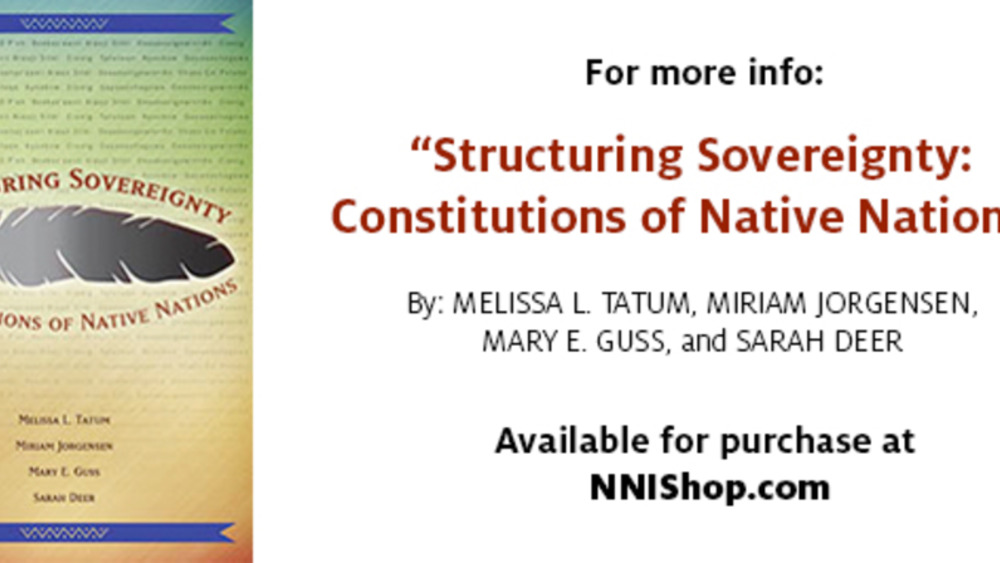
Federated States of Micronesia Constitution
Location: Group of islands in western Pacific Ocean Population: 106,500 Form of Government: Constitutional government in free association with USA Date of Constitution: 1978, amended 1990 & 2001 Key Facts: Pacific Islands were often the site of weapons…
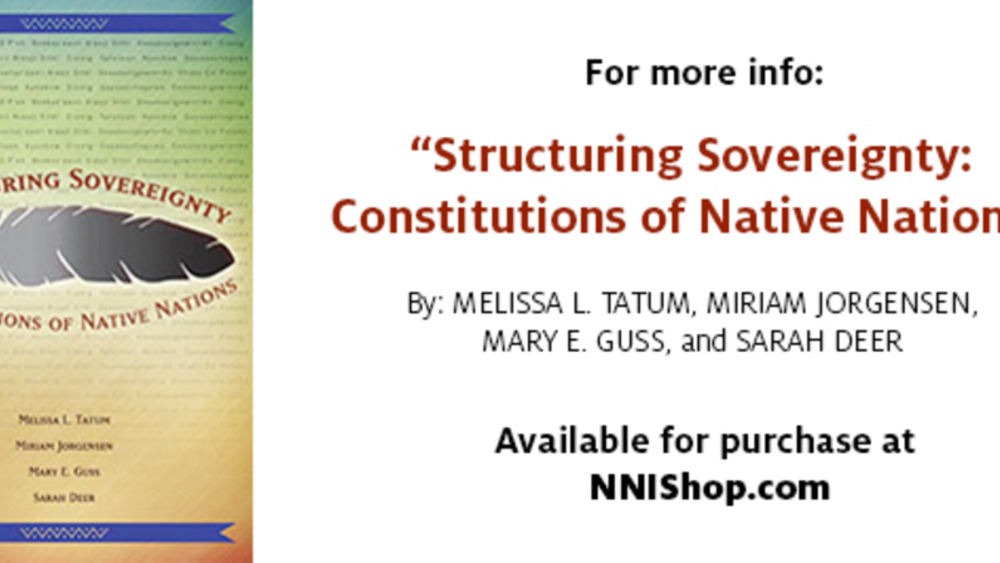
Costa Rica Constitution
Location: Central America Population: 4.6 million Form of Government: Democratic Republic Date of Constitution: 2011 Key Facts: Has large population of residents who are not citizens
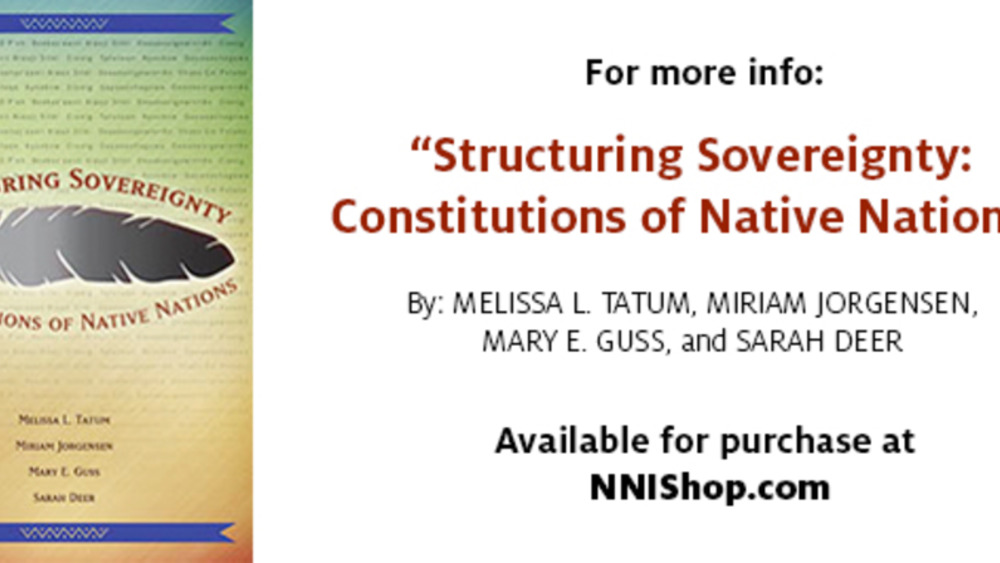
Ely Shoshone Tribe Constitution
Location: Nevada Population: 500 Date of Constitution: 1966, as amended 1990 Preamble: We, the Ely Shoshone Indians of Nevada, located at Ely, Nevada, to exercise our traditional and historical inherent sovereign powers and to improve the constitution previously adopted, pursuant to the Indian…
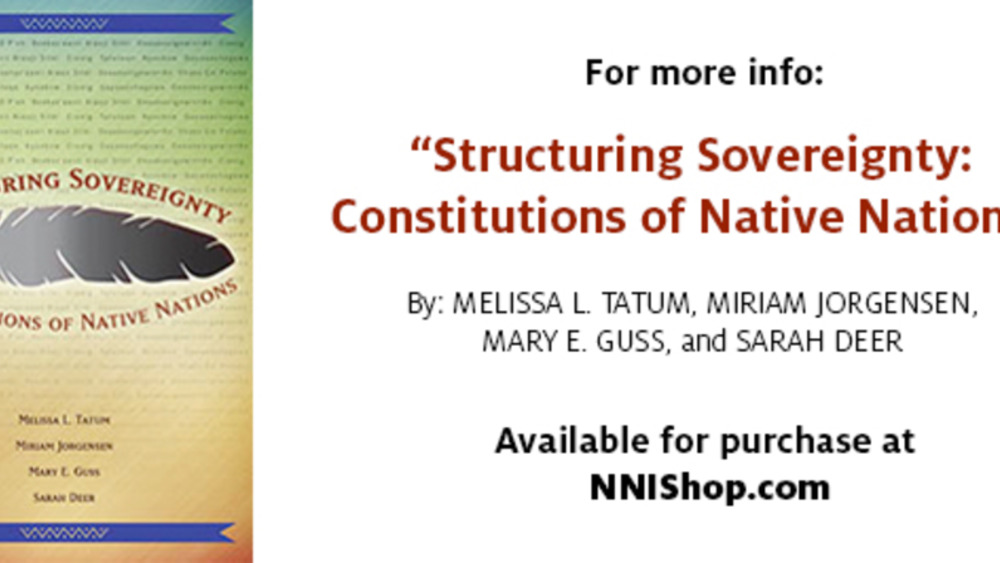
Coquille Indian Tribe Constitution
Location: Oregon Population: 968 Date of Constitution: 1991, as amended 2008 Preamble: Our ancestors since the beginning of time have lived and died on the Coquille aboriginal lands and waters. The Coquille Indian Tribe is and has always been a sovereign self-governing power dedicated…
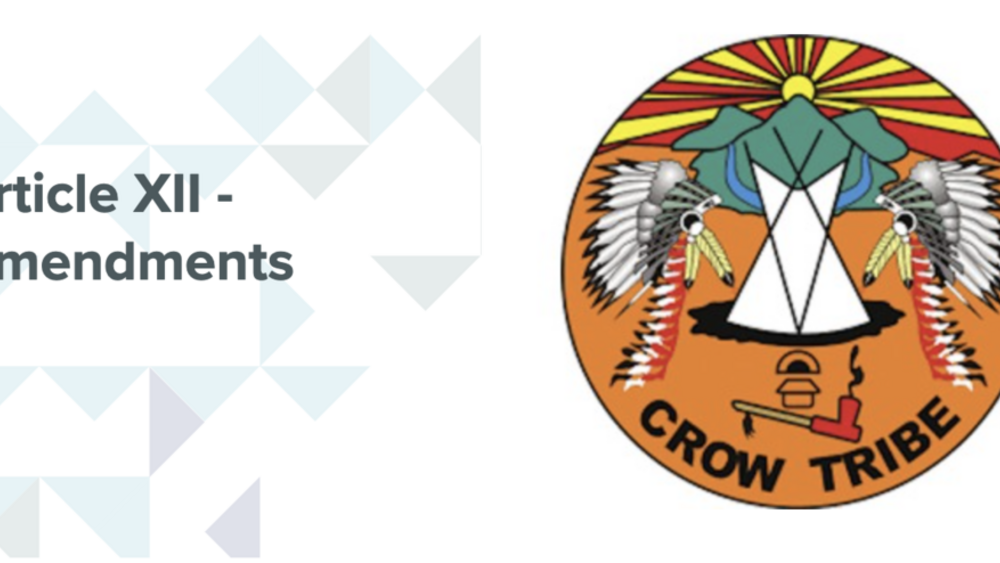
Crow Tribe: Amendments Excerpt
ARTICLE XII - AMENDMENTS This Constitution may be amended by a two-thirds (2/3) vote ofthe Crow Tribal General Council provided that at least thirty percent (30%) of the Crow Tribal General Council vote in an election called for the purpose of amending the Constitution. The process to propose…
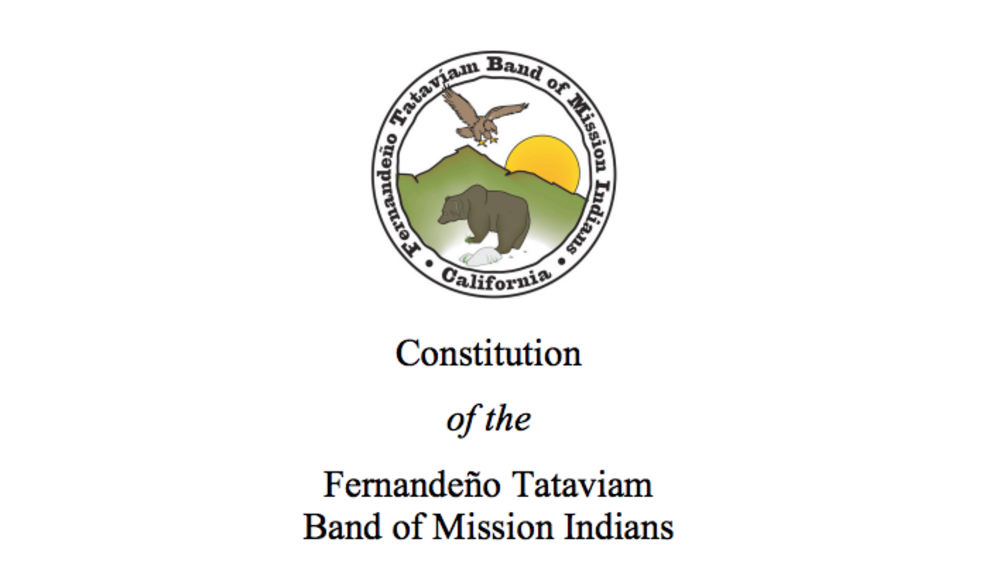
Fernandeño Tataviam Band of Mission Indians: Citizenship Excerpt
Article 7. Rights and Responsibilities of Citizens Section 1. All citizens of the Tribe are entitled to equal respect without regard to gender, age, or religion. All citizens shall enjoy equal opportunities to participate in the economic resources and activities of the Tribe, and no citizen shall…
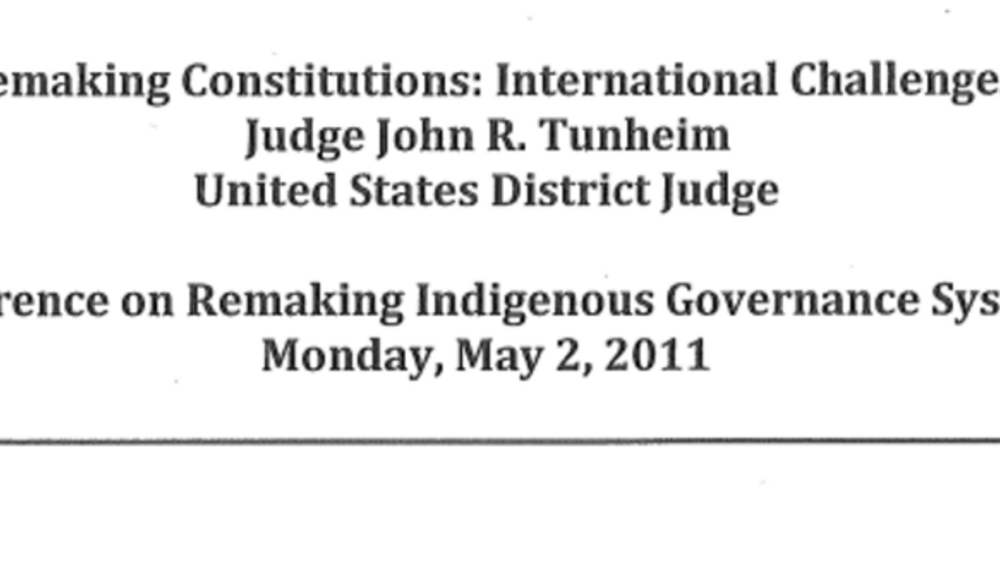
Remaking Constitutions: International Challenges
U.S. District Court Judge John R. Tunheim, whose work in Kosovo helped the United Nations re-establish and improve Kosovo's legal system and ultimately restructure its entire judiciary, discusses his observations as the principal outside advisor to the process that developed the Kosovo Constitution…
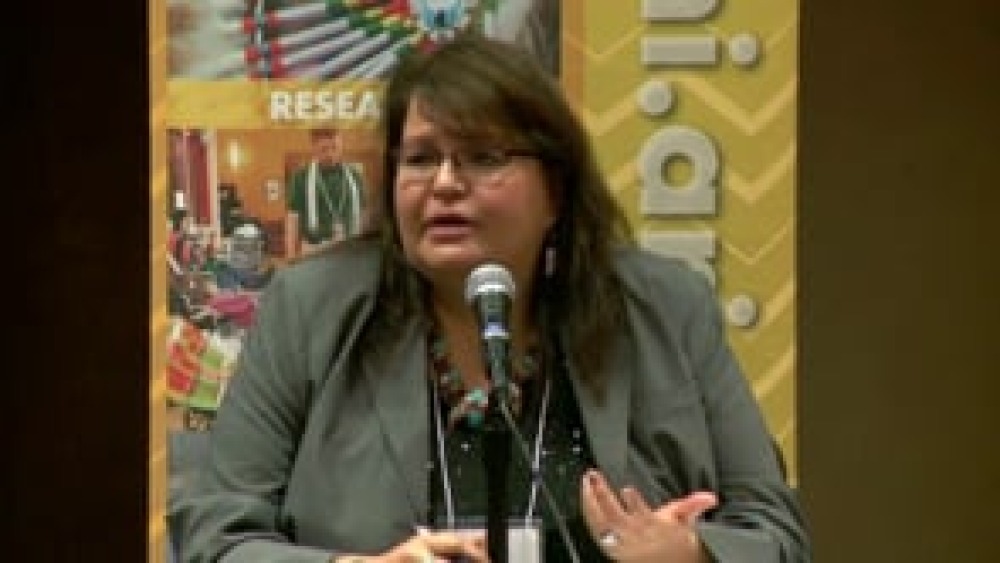
Eldena Bear Don't Walk: So What's So Important about Tribal Courts?
Eldena Bear Don't Walk, Chief Justice of the Confederated Salish and Kootenai Tribes, discusses some of the things that tribal justice systems need to have in place in order to be effective, and how important it is for Native nation governments and citizens to respect and support the decisions…

Stephen Cornell: The Task of Reclaiming Self-Governance (Presentation Highlight)
In this highlight from the presentation "Key Things a Constitution Should Address: 'Who Has Responsibility for What?'," NNI's Stephen Cornell provides an overview of the fundamental questions that Native nations must ask themselves as they reclaim control over and then redesign their governance…

Miriam Jorgensen: Constitutions: Creating Space for Court-Made Law and Judicial Review (Presentation Highlight)
In this highlight from the presentation "Key Things a Constitution Should Address: 'How Do We Make Law?'," NNI's Miriam Jorgensen explains how a growing number of Native nations are creating space for court-made law and judicial review of legislative and executive actions in their redesigned…
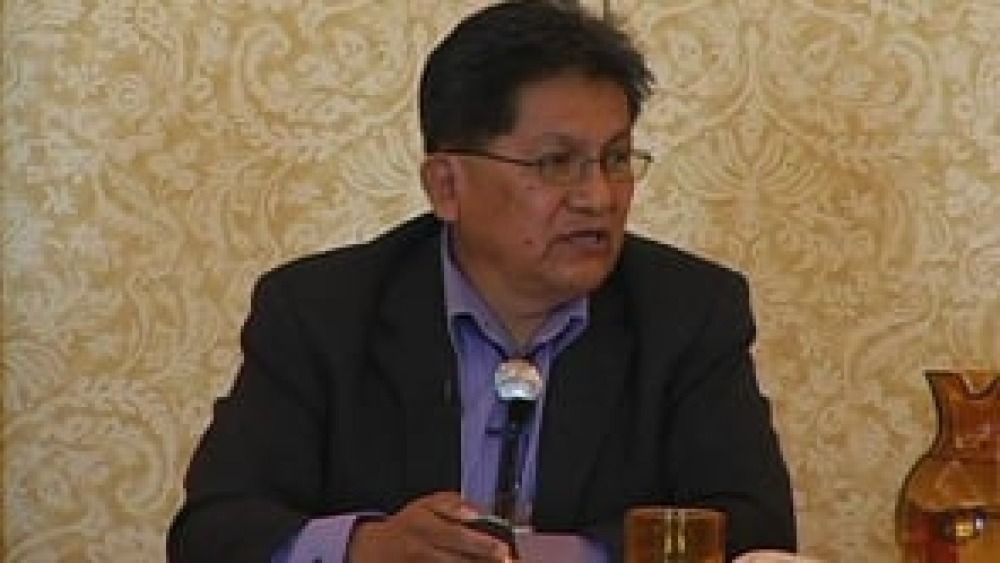
Ben Nuvamsa: What I Wish I Knew Before I Took Office
Former Chairman of the Hopi Tribe Ben Nuvamsa speaks about his tenure as the elected chief executive of his nation, and how the governance issues he and his nation have experienced in recent years offer important lessons to other Native nations.

Best Practices Case Study (Rule of Law): Nisga'a Nation
Nisga'a Nation, comprised of four communities; New Aiyansh, Gitwinksihlkw, Laxgalt'sap, and Gingolx, is located in northwestern B.C. In the 1890s, Nisga'a hereditary chiefs and matriarchs formed the Nisga'a Land Committee and began to aggressively pursue self-government and title to their lands.…
